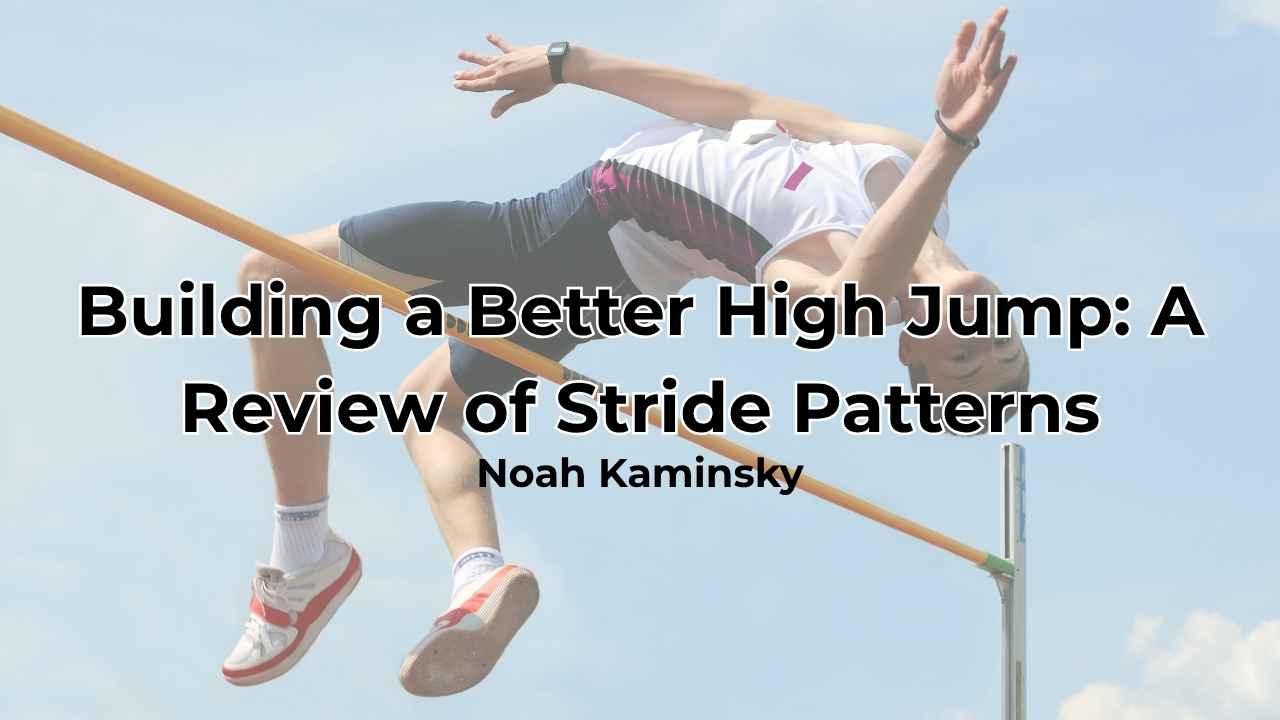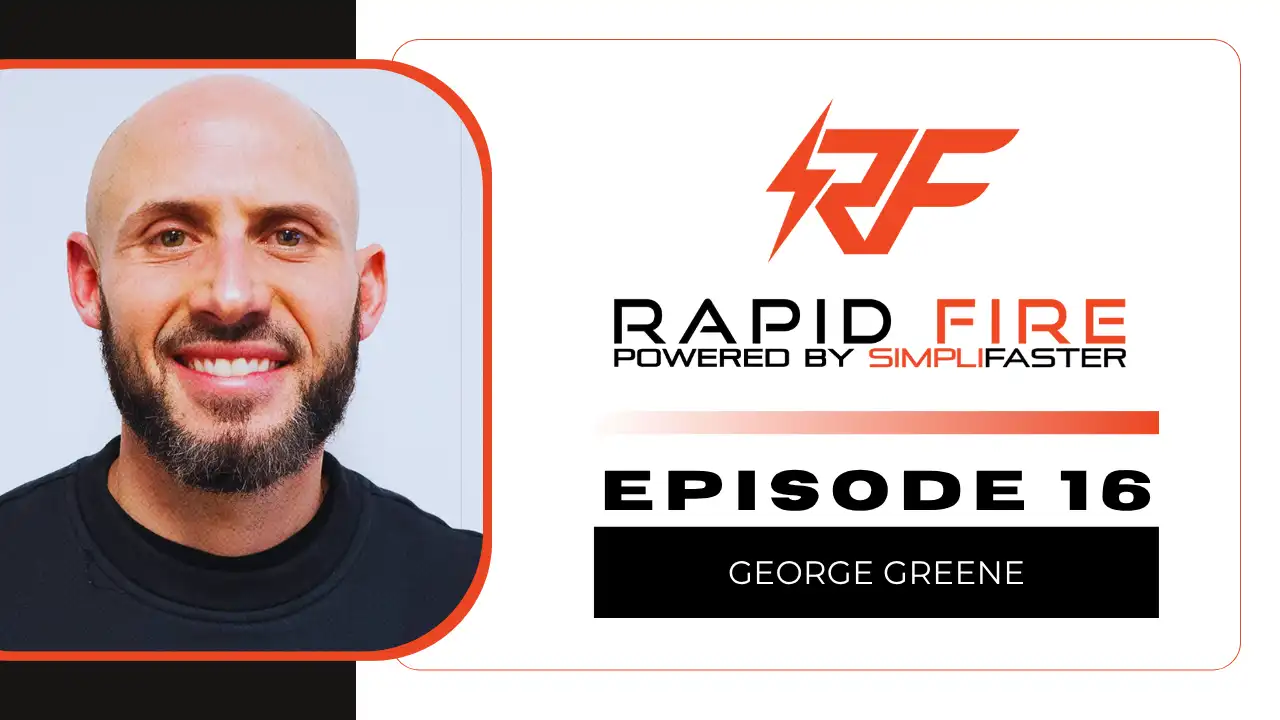[mashshare]

The Transfer of Physiological Training Effects
While the activities encompassing strength training and endurance training are substantially different in technique and movement patterns, they have a direct link where the learned adaptations of one can have positive influences on the other.
Strength training improves an endurance athlete’s work economy and enhances peripheral blood circulation for better perfusion of oxygen during local muscle contraction. By increasing the absolute strength of muscles, an endurance athlete can increase the efficiency of the muscles; this allows for operation under low levels of blood circulation common in intense exercise.
A direct transfer of learning from strength training also improves endurance capacity by having a positive effect on the growth of slow-twitch muscle fibers and increasing the oxidative energy in local muscle mitochondria.
For muscles involved in both activities, strength training increases tendon stiffness and the muscles’ elastic properties. This transfer increases storage capacity and function during the eccentric contractions of running mechanics.
Also, hormonal responses to training are directly tuned to the intensity, duration, and type of exercise being performed. Strength training’s anabolic effect combined with the catabolic effect of endurance training sometimes lead to a negative transfer of learning. The correct prescription ratio of strength-endurance is key to maximizing hormones’ positive effect in training.
Theories: Identical Elements and Transfer-Appropriate Processing
There are two theories about why positive transfer occurs.
Under the identical elements theory, the degree to which two tasks are similar determines the efficacy of transfer. These elements can be abstract, like an athlete’s mental state, or grounded, like the specific characteristics of a skill movement pattern.
The second theory is transfer-appropriate processing. This refers to the similarity of cognitive processing between two tasks. Examples include dual-task, rapid decision-making, and attention control.
Although strength and endurance training are very dissimilar activities, the identical elements theory does apply physiologically. Transfer-appropriate processing may have a role in strength training’s cognitive effects on endurance performance, especially when hormonal influences are considered.
Transfer of learning occurs when prior motor skill acquisition impacts subsequent motor learning, positively or negatively. Positive transfer occurs when previous learning experience allows for easy facilitation of learning a new skill or performing within a new context. It’s theorized that positive transfer occurs because of an already established motor pathway as it applies to a similar skill and/or similar performance framework.
The overhand throw of a baseball, for example, positively transfers to the overhand throw of a football. Although the throws are not identical, the motor firing sequence is similar, and learning one after the other benefits from positive transfer.
Under the identical elements theory, positive transfer can also apply to training adaptations in endurance athletes. The idea is that physical training enhances the performance capacity of untrained muscles in a generalized manner. This is seen in endurance athletes who primarily train the legs yet see an increased capacity for endurance in the upper body.
Keep in mind, there are many other influences at play yet to be uncovered by the research.
Since you’re here…
…we have a small favor to ask. More people are reading SimpliFaster than ever, and each week we bring you compelling content from coaches, sport scientists, and physiotherapists who are devoted to building better athletes. Please take a moment to share the articles on social media, engage the authors with questions and comments below, and link to articles when appropriate if you have a blog or participate on forums of related topics. — SF
[mashshare]
References
- Issurin, V. B. (2013). Training Transfer: Scientific Background and Insights for Practical Application. Sports Medicine. 43(8), 675-694. doi: 10.1007/s40279-013-0049-6.
- Magill, R., & Anderson, D. (2013). Motor Learning and Control: Concepts and Applications (10th ed.). New York: McGraw-Hill.




